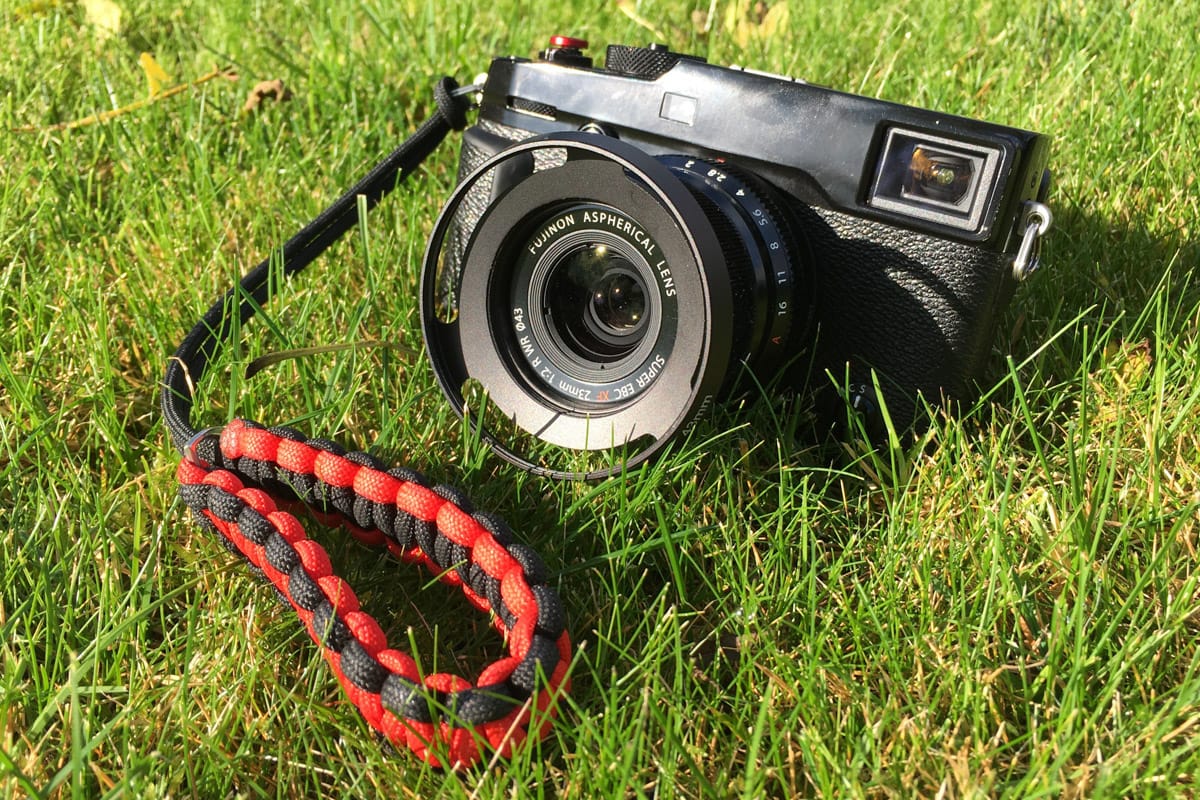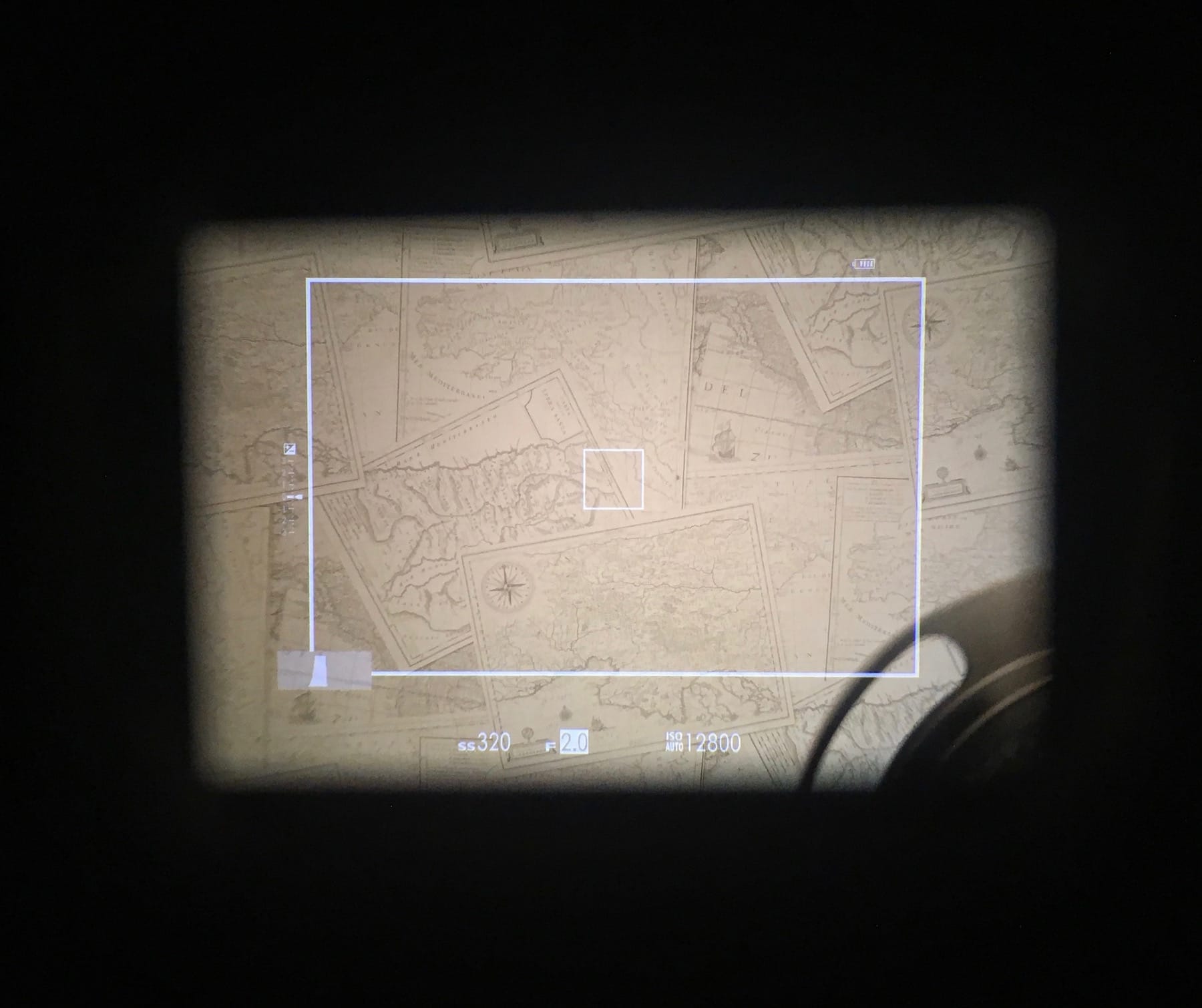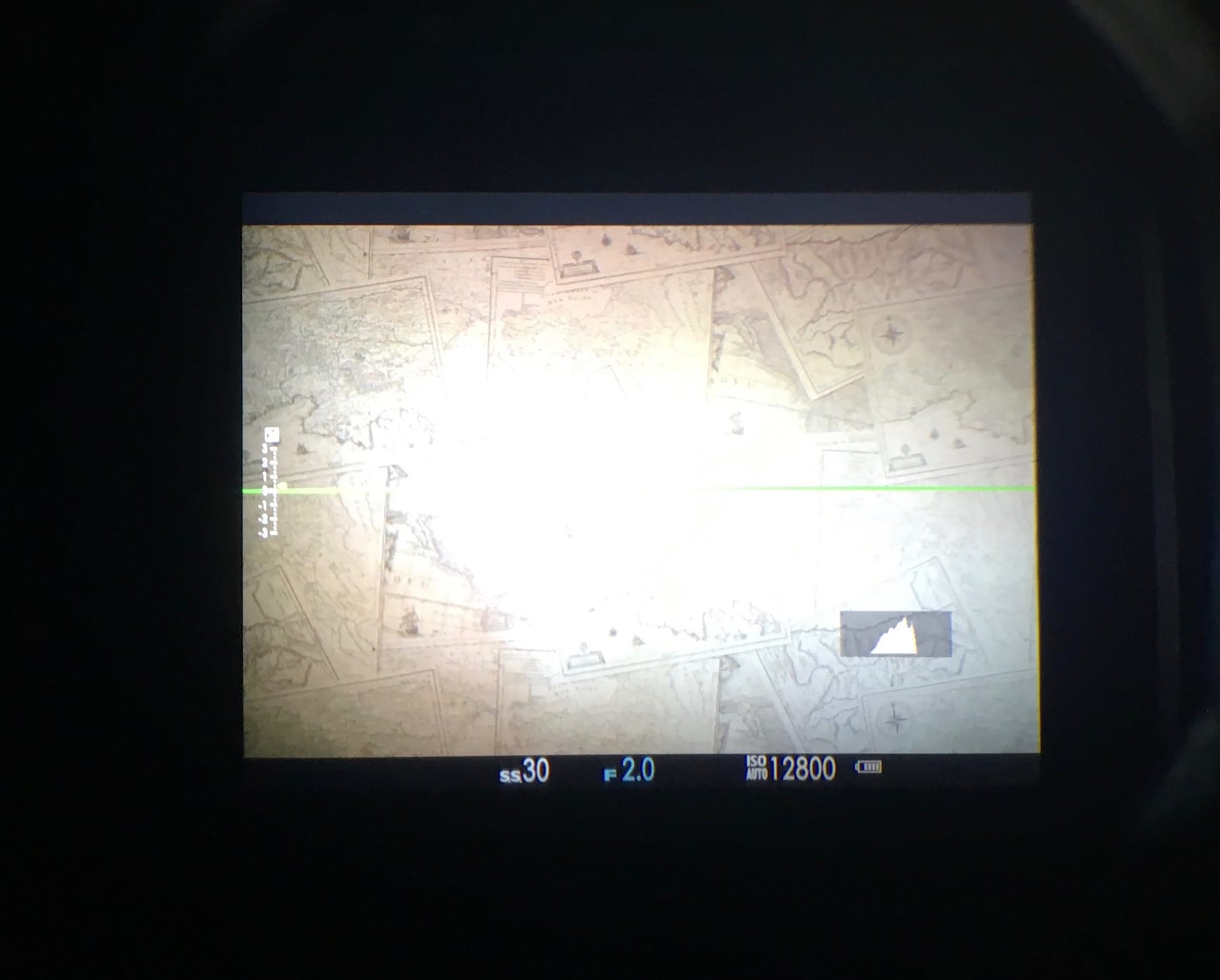Why I prefer shooting with primes

A recent blog post by Chris Townsend on his camera setup prompted a Twitter debate last week on zooms vs primes for photographers who go hillwalking and backpacking. Since I’ve been planning to write about this for a while, I thought now would be a good opportunity to try putting down my thoughts on why I prefer shooting with primes.
Terminology
To get definitions out of the way:
- A prime lens has a fixed focal length, e.g. 35mm. It is unable to zoom and has a single angle of view.
- A zoom lens has a range of focal lengths, e.g. 16-55mm. It can zoom from one end to the other and use any focal length in between.
My experience with zoom lenses
I’ll preface this by saying that I’m a relative newcomer to ‘serious’ photography. While I used a 35mm SLR as a child, I had a looong hiatus in which I only used cheap point-and-shoots or smartphone cameras to take pictures. I got back into photography in 2014 and spent a few months shooting a manual film SLR to re-learn the fundamentals. So feel free to take my opinion with a large pinch of salt. Also, photography is a very personal thing; this is only what works for me, and may very well not work for you.
My first Fujifilm X-Series lens was the XF 18-55 f/2.8-4.0. This is a great lens – it’s a stop faster than the average standard ‘kit’ zoom, it has optical stabilisation, and image quality is good. I published quite a few images I took with that lens in 2015-2016, and several are personal favourites, but I had difficulties visualising compositions when using it.
I found that I wasn’t thinking about my composition as much. I’d just stand there and zoom in and out until it looked ok, but it never felt right – like the difference between operating a prosthetic and your own hand. That’s the only way I can really describe it. Perhaps it’s because I was still fairly new to ‘proper’ photography and hadn’t given myself enough time to get used to a zoom lens, but I didn’t enjoy the process as much and I wasn’t as happy with my pictures.
Switching to primes
At some point last year, I switched almost entirely to a small collection of prime lenses, and started getting to know a few defined focal lengths.
I’ve always loved the 50mm (full-frame equivalent) perspective. Fuji’s XF 35mm f/2 (review here) is my favourite, even though it might not be my most-used lens in the hills. 28mm equivalent (18mm on my camera) also feels very natural and I find it a very useful focal length for general landscape and mountain use. I restricted myself to using only my 35mm and 18mm lenses for several months.
While I don’t believe my photographic output has been quite as strong this year for unrelated reasons, I do think restricting myself to two focal lengths has helped to tune my photographic eye. It feels more natural framing with a prime lens and I know my composition is improving.
I believe I respond well to creative constraints in photography. Maybe it’s just a learning process I’ll pass through, but for now all I know is that shooting with primes just feels right – I am more likely to already have the composition in mind before I raise the camera to my eye, and there’s less in the way between me and the picture.
The exception to my preference for primes is at the long end. I have a Fuji XC 50-230mm zoom, because at the telephoto end of the scale I find convenience a lot more important and useful than anything else.
How the X-Pro2 (gently) encourages prime use
Since switching to Fuji’s X-Pro2, my enthusiasm for primes has redoubled. I believe that’s something to do with the unique characteristics of this camera body.
Other X-Series cameras I’ve used work equally well with primes or zooms. Using an electronic viewfinder (EVF), it makes no difference. However, the X-Pro2 is unusual – it has a combined optical viewfinder (OVF) as well as an EVF. This setup is shared only with the X100 series of cameras. It’s more like a Leica viewfinder, but significantly more flexible.

I like using the optical finder. It provides you with context outside the framelines (which can be great for street photography in particular) and feels a bit more immediate than using the EVF because there is no viewfinder blackout or shutter lag. I think of it as a useful halfway point between a DSLR’s optical viewfinder and a mirrorless camera’s EVF. Although you lose the WYSIWYG nature of the EVF, you still have an on-screen histogram (plus other information if you want it, including optionally a digital level, framing guidelines etc).

The thing about the optical finder is that it isn’t great with zoom lenses. Although it can be used with zooms, beyond about 50mm the frame becomes objectionably small. Wider than 18mm and the viewfinder will crop out part of the frame. But with a few defined focal lengths – roughly 18mm, 23mm and 35mm – the OVF feels perfectly suited, as if that focal length is made for the camera at that moment. Using the EVF is better if you have a zoom lens mounted to the camera.
Also, Fuji’s compact primes don’t obstruct the OVF’s view by much (especially if used with a slotted lens hood). Bigger lenses obscure the bottom right of the frame.
Again, it’s a creative constraint and a subtle thing, and if you don’t like it you can just switch to the EVF and use it like any other mirrorless camera. For me, it fits how I see the world, and the OVF – coupled with a carefully selected prime – is a useful tool in the toolbox.
Downsides
I’d be lying if I pretended that using primes is all good. Sometimes it can be downright frustrating – nobody would argue that sticking to primes is more versatile.
- Despite the fact that I believe I’m faster and better at composition when using primes, sometimes you just don’t have the right focal length on you. Moving your position doesn’t always work because ‘zooming with your feet’ is a fallacy; moving your location changes perspective.
- Changing lenses can become a chore. I went through a phase of carrying two camera bodies, but I no longer do so (the weight was getting burdensome – Fuji cameras aren’t that light by mirrorless standards!). On my last trip I was swapping lenses a dozen or more times a day. That’s a pain in the behind, and every time you swap lenses there’s a risk of getting dust or moisture inside the camera or on the rear lens element.
- It increases the weight carried. No matter how you slice it, a single zoom lens is usually lighter than 2-3 primes.
- If I restrict myself to 1-2 lightweight primes, I’m automatically excluding myself from every other focal length. That means missed opportunities.
- Notice I haven’t brought image quality into the equation. It’s a commonly held belief that primes are better, but this isn’t always the case. Fuji’s top-end zoom lenses are every bit as good as the primes I currently own. They might be a stop slower, but for the kind of photography I do that’s rarely a factor (except for astrophotography).
The future
I can foresee a time – maybe 2-3 years from now – when I feel I’ve progressed enough to move back to a standard zoom lens. At that point I will gladly leave shooting with primes behind, because the convenience, flexibility and power of a zoom can’t be matched. But right now, shooting with primes feels right and makes me happy in my photography. There’s no right or wrong way to do this – photography is art rather than science!
Alex Roddie Newsletter
Subscribe here to receive my occasional personal newsletter in your inbox. (For the fun stuff, please consider subscribing to Alpenglow Journal instead!)



